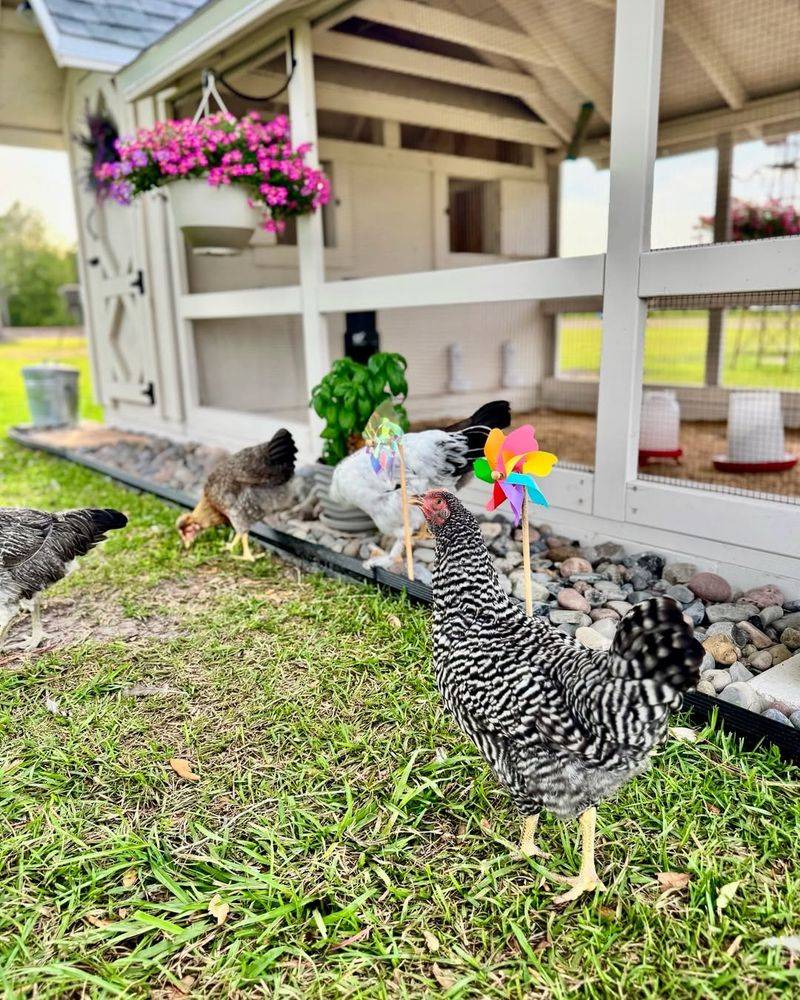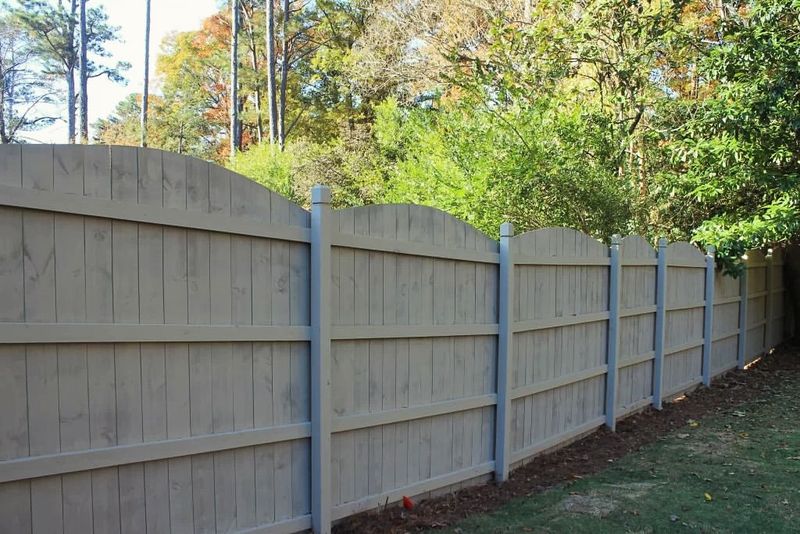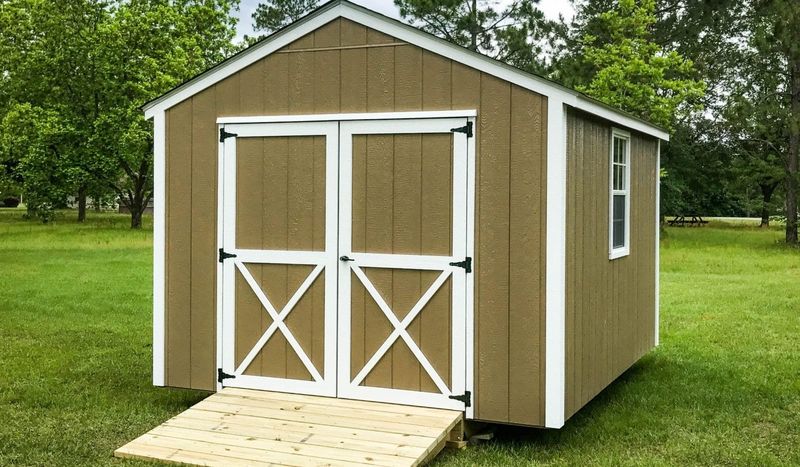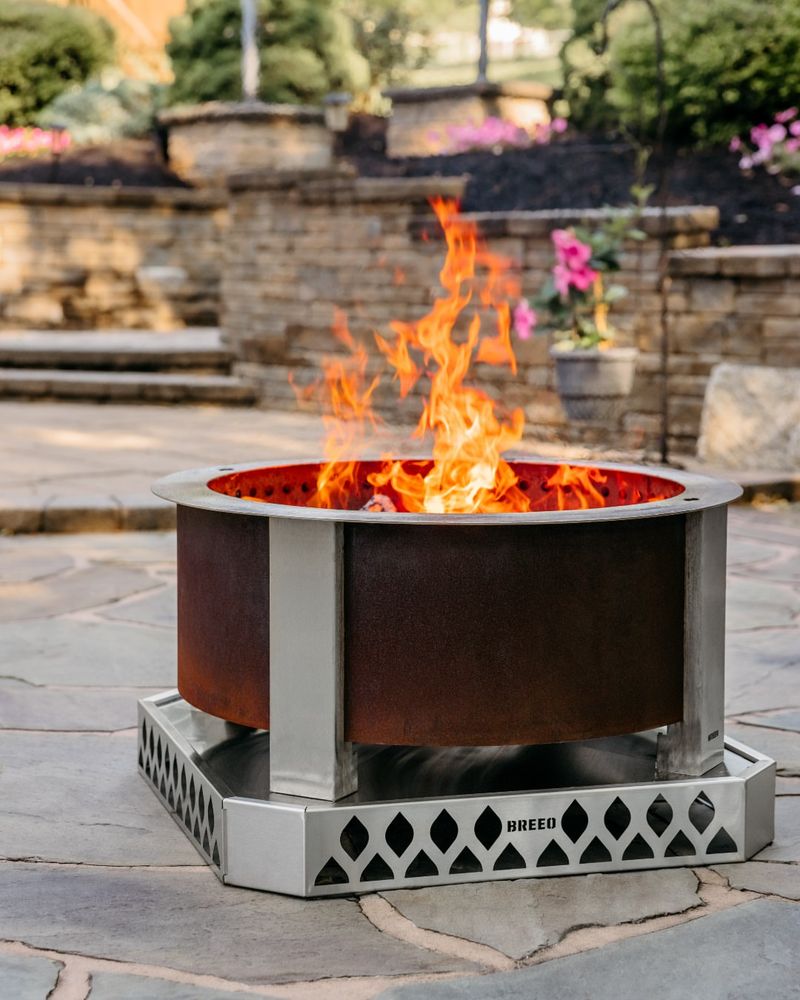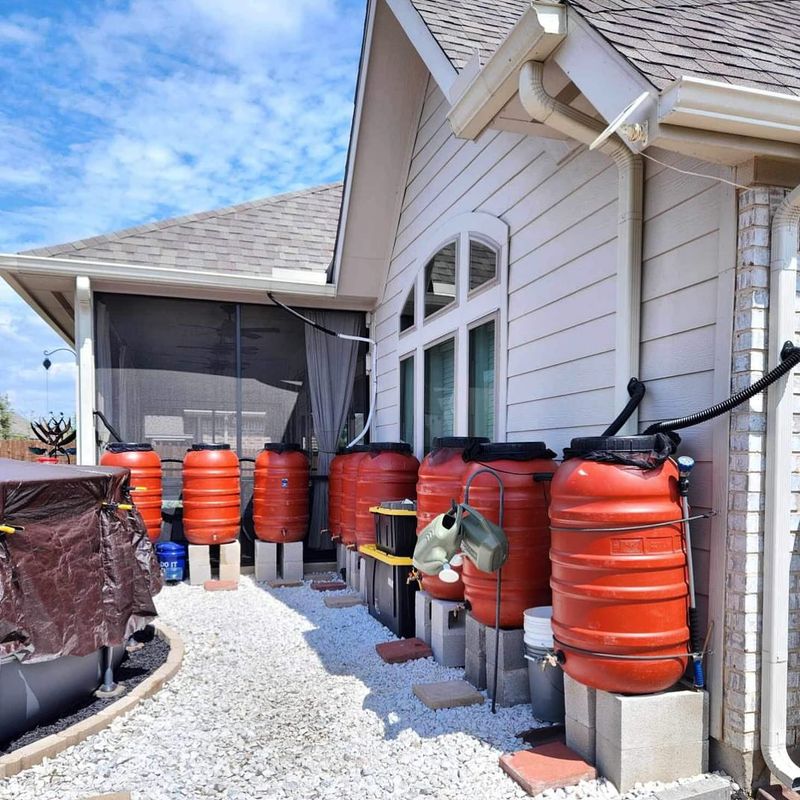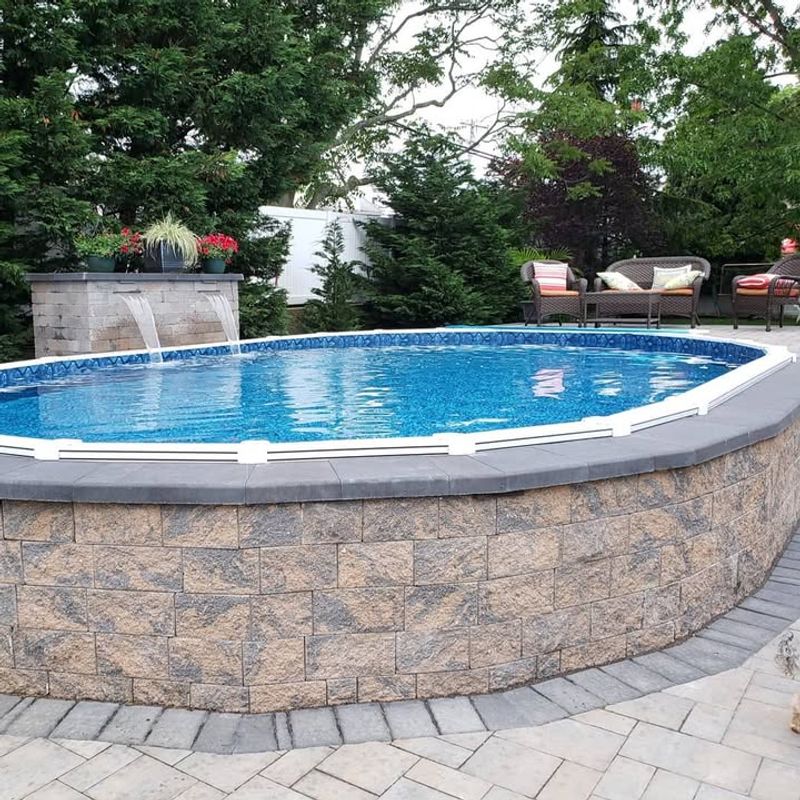The average Ohio backyard often feels like a personal retreat: a place for weekend bonfires, a splash of personality, maybe a hobby or two that spills out into the open air. Yet the winds of regulation can change fast, and homeowners might soon face a reality check.
Some familiar yard features—fixtures that feel as common as cornhole boards in summer—could land on the wrong side of the rulebook. The home may still be your castle, but the moat, drawbridge, and lawn décor may face new scrutiny.
1. Backyard Chickens And Coops
Many Ohio cities are reconsidering rules about keeping chickens at home. Neighbors often complain about noise, smells, and attracting wildlife like rats or foxes. Some towns already limit flock sizes or require special permits that cost money.
If you dream of fresh eggs every morning, check your local laws soon. Restrictions might tighten as more people move into suburban areas. Building a coop now could become much harder or impossible in coming years, so act quickly if this interests you.
2. Tall Privacy Fences
Privacy fences over six feet tall are facing increased scrutiny across Ohio neighborhoods. Homeowner associations and city councils worry these barriers block sight lines and create safety concerns. Drivers backing out of driveways cannot see pedestrians or other cars approaching.
Communities value open, friendly spaces where neighbors can interact. Tall fences sometimes make areas feel unwelcoming or isolated. New zoning laws may soon cap fence heights at four or five feet, especially along street-facing sides of properties, changing how you secure your outdoor space.
3. Unpermitted Sheds And Outbuildings
Building inspectors are cracking down on sheds erected without proper permits. Even small storage buildings need approval in most Ohio towns to ensure they meet safety codes. Structures too close to property lines or exceeding size limits cause disputes with neighbors.
Officials worry about electrical hazards and foundation problems. Unpermitted buildings might not appear on property records, complicating future home sales. Expect stricter enforcement and higher fines for violations. Always pull permits before construction to avoid headaches and potential removal orders down the road.
4. Fire Pits And Open Flames
Outdoor fire pits have become wildly popular, but Ohio communities are implementing tighter fire safety rules. Dry summer conditions increase wildfire risks, making open flames dangerous. Smoke from backyard fires bothers neighbors and creates air quality issues in densely populated areas.
Some cities now require fire pits to sit certain distances from structures and property lines. Others mandate spark screens or limit burning to specific hours. Future regulations might ban wood-burning pits entirely, allowing only gas-powered alternatives that produce less smoke and sparks.
5. Decorative Front Yard Boulders
Large decorative rocks and boulders are losing favor with city planners. Snowplows accidentally hit these obstacles during winter storms, causing expensive equipment damage. Emergency vehicles sometimes struggle navigating streets lined with oversized landscaping features.
Insurance companies are pushing municipalities to restrict boulder placement near roadways. What started as attractive landscaping becomes a liability concern. Future ordinances may prohibit rocks over certain sizes within setback zones. Consider alternative landscaping options that look great without creating hazards for your community and its workers.
6. Rainwater Collection Barrels
Collecting rainwater seems environmentally friendly, but Ohio regulations are evolving. Standing water in barrels breeds mosquitoes carrying diseases like West Nile virus. Improperly maintained systems leak or overflow, causing foundation damage to your home or your neighbor’s property.
Health departments want stricter rules about barrel maintenance and mosquito prevention. Some areas may require sealed systems with pumps and filters. Future laws could mandate permits or inspections. While water conservation matters, public health concerns might limit how homeowners can harvest and store rainwater going forward.
7. Artificial Turf Lawns
Synthetic grass offers low maintenance, but environmental groups are raising red flags. Artificial turf gets extremely hot during summer, creating uncomfortable surfaces and increasing neighborhood temperatures. Tiny plastic particles break off over time, washing into storm drains and eventually polluting rivers and Lake Erie.
Some Ohio towns are considering bans on full artificial lawns to protect water quality. Natural grass filters rainwater and provides habitat for beneficial insects. Future regulations might restrict synthetic turf to small areas like dog runs rather than entire yards.
8. Unregistered Portable Swimming Pools
Above-ground pools need registration in many Ohio communities for safety reasons. Drowning accidents happen quickly, especially involving young children who wander into unfenced yards. Officials want to track pool locations to ensure proper barriers and safety equipment exist.
Insurance requirements are also changing. Unregistered pools might void homeowner policies if accidents occur. Expect mandatory inspections and stricter fencing rules soon. Register your pool and install approved safety features now to stay ahead of evolving regulations and protect neighborhood kids from tragic accidents.
9. Outdoor Solar Panels
Solar panels have become a popular addition to homes for their eco-friendly benefits. However, Ohio lawmakers are considering regulations to address their visibility and impact on neighborhood aesthetics.
The debate centers on whether these panels disrupt the visual harmony of residential areas. Some argue that while they offer energy efficiency, the panels might clash with traditional architectural styles.
Interestingly, solar panels have been used since the 1880s, but their presence in residential areas remains a point of contention today. Homeowners who value sustainability must weigh these factors carefully.
10. Vibrant Garden Gnomes
Garden gnomes, with their playful charm, have adorned yards for decades. Yet, their vibrant colors and whimsical designs face potential restrictions for clashing with certain neighborhood aesthetics.
While many find them endearing, some communities in Ohio believe such decorations might detract from a neighborhood’s overall appeal. This has sparked debates about individuality versus uniformity in yard decorations.
11. Ornamental Water Features
Ornamental water features can transform a yard into a tranquil oasis. Yet, Ohio is considering regulations due to concerns about water conservation and safety.
These features, while beautiful, require ongoing maintenance and water use, prompting debates about their environmental impact. Additionally, safety issues arise, particularly for homes with small children.
Historically, ornamental water features have roots in ancient Persia, symbolizing paradise. Today, Ohio homeowners must balance these historical aesthetics with modern environmental consciousness.
12. Elaborate Treehouses
Treehouses capture the imagination of children and adults alike, offering a whimsical retreat. However, Ohio may soon impose restrictions due to safety and neighborhood uniformity concerns.
While they evoke nostalgia and adventure, treehouses must adhere to structural safety standards. Communities worry about their impact on property values and consistency with neighborhood designs.
As charming as they are, Ohio residents might need to rethink these backyard escapes.


